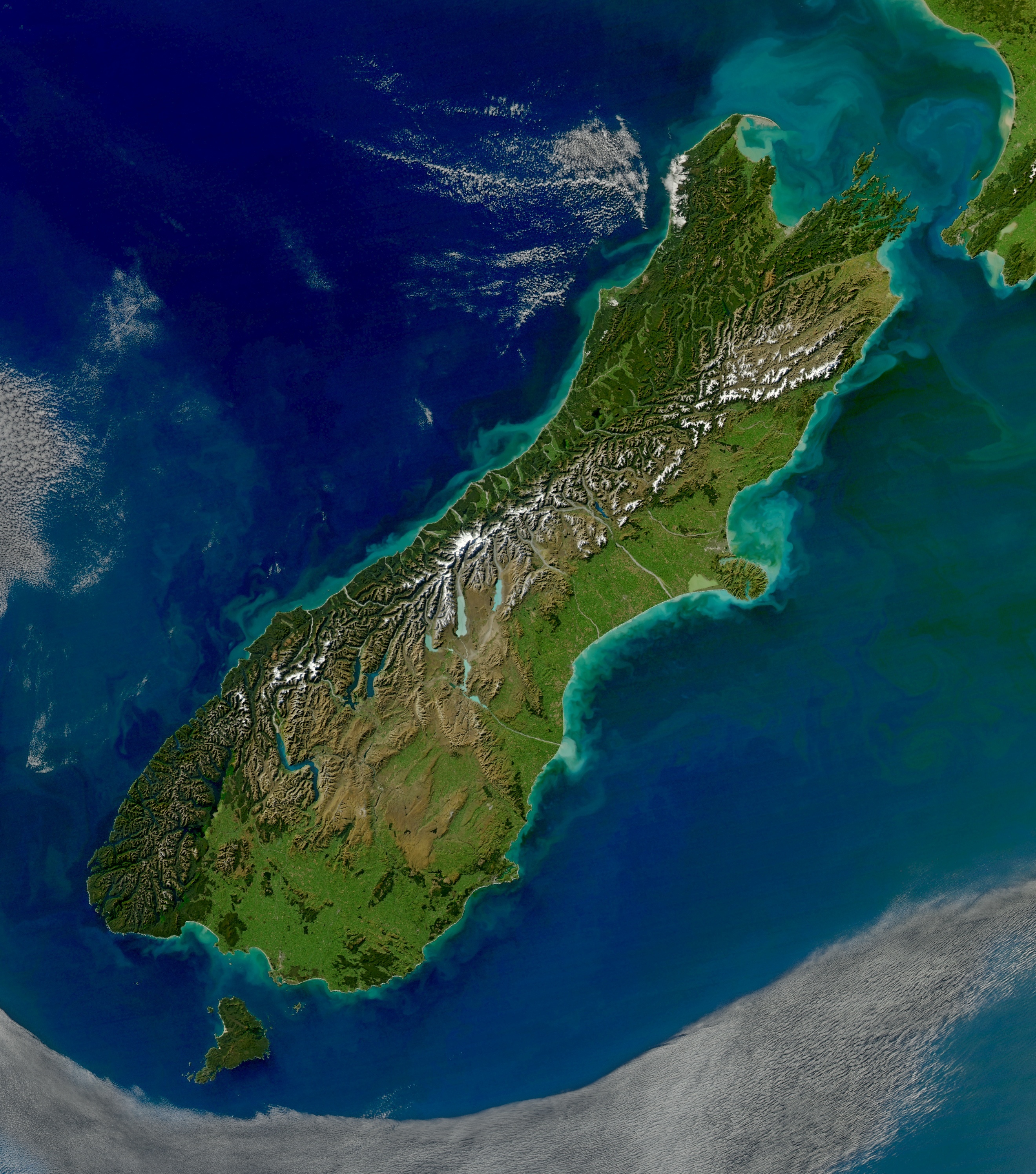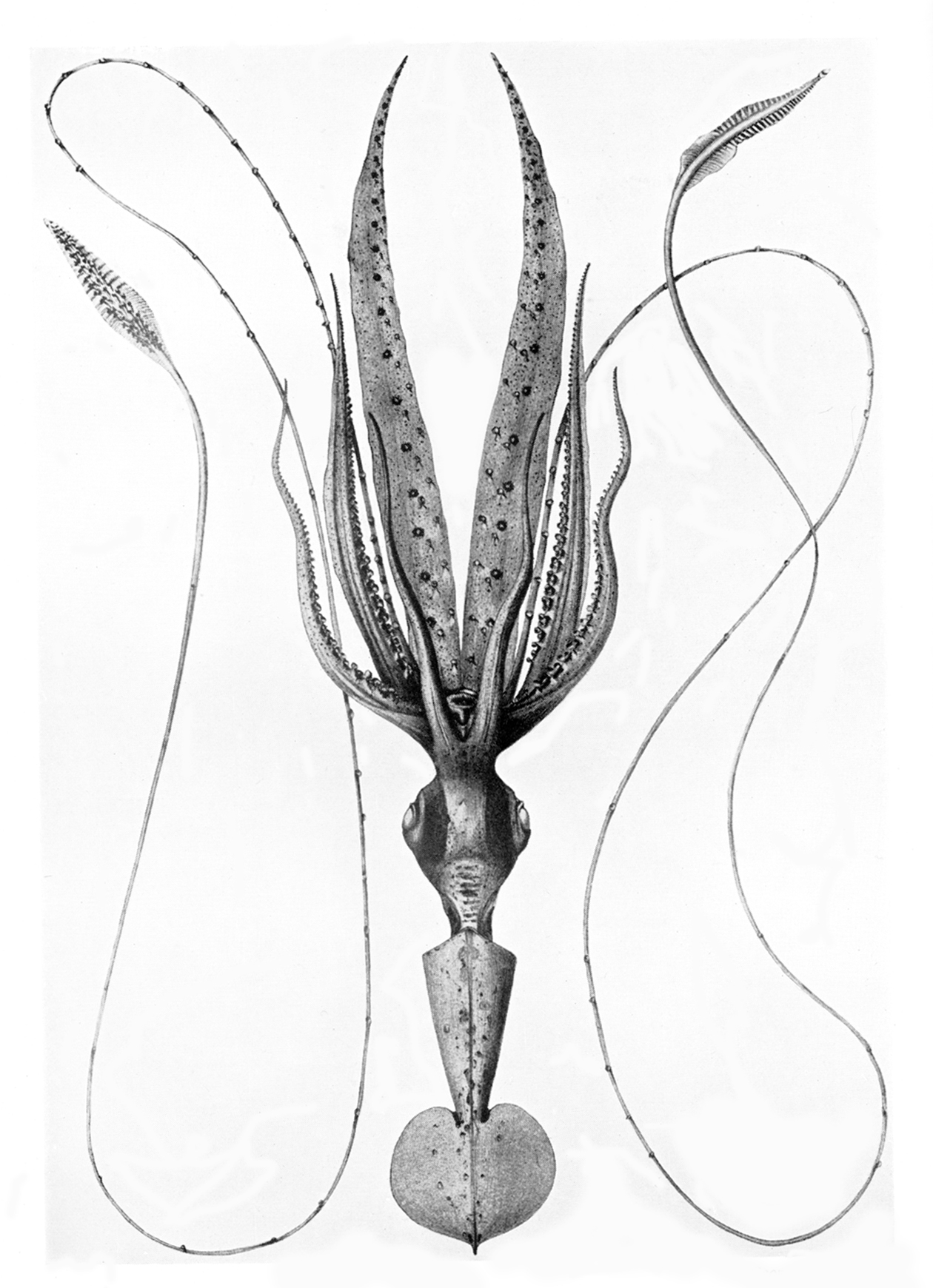|
Nototodarus
''Nototodarus'' is a genus of squid. Example species in this genus include ''Nototodarus sloanii'', a species sought for human food; in the process of harvesting ''N. sloanii'' Australian sea lions are frequently killed, since that marine mammal preys upon this squid species. Furthermore, New Zealand arrow squid, ''N. sloanii'', is an important food source for the endangered yellow-eyed penguin, ''Megadyptes antipodes''.C. Michael Hogan. 2009''Yellow-eyed Penguin: Megadypes antipodes'', GlobalTwitcher.com, ed. N. Stromberg Species *'' Nototodarus gouldi'' *'' Nototodarus hawaiiensis'' *''Nototodarus sloanii ''Nototodarus sloanii'' is a species of squid commonly known as the New Zealand arrow squid or Wellington flying squid. It is also known by its Māori name of wheketere. It is a favoured prey species of a number of marine mammals and diving birds ...'' References Molluscs of New Zealand {{Squid-stub ... [...More Info...] [...Related Items...] OR: [Wikipedia] [Google] [Baidu] |
Hawaiian Flying Squid
''Nototodarus hawaiiensis'', the Hawaiian flying squid, is a species of squid. It mainly lives at depths of about 400 - 570 m. It lives in the Pacific Ocean from Hawaiian Islands to Midway Island Midway Atoll (colloquial: Midway Islands; haw, Kauihelani, translation=the backbone of heaven; haw, Pihemanu, translation=the loud din of birds, label=none) is a atoll in the North Pacific Ocean. Midway Atoll is an insular area of the Unit .... It is listed as a Least Concern species by the IUCN red list. References hawaiiensis {{squid-stub ... [...More Info...] [...Related Items...] OR: [Wikipedia] [Google] [Baidu] |
Nototodarus Sloanii
''Nototodarus sloanii'' is a species of squid commonly known as the New Zealand arrow squid or Wellington flying squid. It is also known by its Māori name of wheketere. It is a favoured prey species of a number of marine mammals and diving birds. It is an important food source for the New Zealand fur seal and two endangered An endangered species is a species that is very likely to become extinct in the near future, either worldwide or in a particular political jurisdiction. Endangered species may be at risk due to factors such as habitat loss, poaching and inv ... species: the New Zealand sea lion and the yellow-eyed penguin (''Megadyptes antipodes''). ''N. sloanii'' is sought by trawler fishermen for human consumption; New Zealand sea lions are frequently caught in trawl nets and drowned when feeding on ''N. sloanii''. Habitat The species inhabits the coastal regions and the continental shelf around New Zealand to a depth of about 500 m, at a broad range of temperatu ... [...More Info...] [...Related Items...] OR: [Wikipedia] [Google] [Baidu] |
Nototodarus Gouldi
''Nototodarus gouldi'', also known as the Gould's squid, Gould's flying squid, or arrow squid, is a squid belonging to the family Ommastrephidae. It inhabits the tropical and temperate waters of Australia and New Zealand. It is frequently caught and eaten for food. They live up to one year. The squid is typically found at depths from off the coasts and shelves of Australia and New Zealand, although it can go as deep as 825 meters. Juveniles are sometimes found just off coasts. Morphology They have a mantle length of up to , and a weight of up to , and an average weight of . Males are smaller than females. The tentacles are an estimated 18 centimeters long, or 45% of the length of the mantle. It has a pair of long feeding tentacles and four pairs of shorter tentacles at its anterior end. Its skin varies moderately in color, ranging from light pink or brown to brick red, with a dark dorsal stripe on its mantle. Biology and life cycle Like all squid, the Gould's squid is a predat ... [...More Info...] [...Related Items...] OR: [Wikipedia] [Google] [Baidu] |
Squid
True squid are molluscs with an elongated soft body, large eyes, eight arms, and two tentacles in the superorder Decapodiformes, though many other molluscs within the broader Neocoleoidea are also called squid despite not strictly fitting these criteria. Like all other cephalopods, squid have a distinct head, bilateral symmetry, and a mantle. They are mainly soft-bodied, like octopuses, but have a small internal skeleton in the form of a rod-like gladius or pen, made of chitin. Squid diverged from other cephalopods during the Jurassic and occupy a similar role to teleost fish as open water predators of similar size and behaviour. They play an important role in the open water food web. The two long tentacles are used to grab prey and the eight arms to hold and control it. The beak then cuts the food into suitable size chunks for swallowing. Squid are rapid swimmers, moving by jet propulsion, and largely locate their prey by sight. They are among the most intelligent o ... [...More Info...] [...Related Items...] OR: [Wikipedia] [Google] [Baidu] |
Yellow-eyed Penguin
The yellow-eyed penguin (''Megadyptes antipodes''), known also as hoiho or tarakaka, is a species of penguin endemic to New Zealand. Previously thought closely related to the little penguin (''Eudyptula minor''), molecular research has shown it more closely related to penguins of the genus '' Eudyptes''. Like most other penguins, it is mainly piscivorous. The species breeds along the eastern and south-eastern coastlines of the South Island of New Zealand, as well as Stewart Island, Auckland Islands, and Campbell Islands. Colonies on the Otago Peninsula are a popular tourist venue, where visitors may closely observe penguins from hides, trenches, or tunnels. On the New Zealand mainland, the species has experienced a significant decline over the past 20 years. On the Otago Peninsula, numbers have dropped by 75% since the mid-1990s and population trends indicate the possibility of local extinction in the next 20 to 40 years. While the effect of rising ocean temperatures is st ... [...More Info...] [...Related Items...] OR: [Wikipedia] [Google] [Baidu] |
Georg Johann Pfeffer
Georg Johann Pfeffer (1854–1931) was a German zoologist, primarily a malacologist, a scientist who studies mollusks. Pfeffer was born in Berlin. In 1887 he became curator of the , which was established in 1843 and destroyed during World War II. Pfeffer's published writings were mainly about cephalopods. The World Register of Marine Species database lists 133 marine taxa named by Pfeffer When Pfeffer's name is listed as an authority for a taxon such as the land snail genus ''Lamellaxis'' Strebel & Pfeffer, 1882, his name is ''not'' simply an orthographic error for the more commonly encountered molluscan authority Pfeiffer, i.e. Ludwig Karl Georg Pfeiffer, who lived 50 years earlier, from 1805 to 1877. Georg Johann Pfeffer also studied amphibians and reptiles, naming several new species. Two species of reptiles are named in his honor, ''Calamaria pfefferi Pfeffer's reed snake, ''Calamaria pfefferi'', is a species of dwarf snake in the family Colubridae. The spe ... [...More Info...] [...Related Items...] OR: [Wikipedia] [Google] [Baidu] |
John Edward Gray
John Edward Gray, Fellow of the Royal Society, FRS (12 February 1800 – 7 March 1875) was a British zoology, zoologist. He was the elder brother of zoologist George Robert Gray and son of the pharmacologist and botanist Samuel Frederick Gray (1766–1828). The same is used for a zoological name. Gray was Keeper of Zoology, keeper of zoology at the British Museum in London from 1840 until Christmas 1874, before the natural history holdings were split off to the Natural History Museum, London, Natural History Museum. He published several catalogues of the museum collections that included comprehensive discussions of animal groups and descriptions of new species. He improved the Zoological specimens, zoological collections to make them amongst the best in the world. Biography Gray was born in Walsall, but his family soon moved to London, where Gray studied medicine. He assisted his father in writing ''The Natural Arrangement of British Plants'' (1821). After being Blackballing, ... [...More Info...] [...Related Items...] OR: [Wikipedia] [Google] [Baidu] |
Food And Agriculture Organization
The Food and Agriculture Organization of the United Nations (FAO)french: link=no, Organisation des Nations unies pour l'alimentation et l'agriculture; it, Organizzazione delle Nazioni Unite per l'Alimentazione e l'Agricoltura is an international organization that leads international efforts to defeat hunger and improve nutrition and food security. Its Latin motto, ', translates to "let there be bread". It was founded on 16 October 1945. The FAO is composed of 195 members (including 194 countries and the European Union). Their headquarters is in Rome, Italy, and the FAO maintains regional and field offices around the world, operating in over 130 countries. It helps governments and development agencies coordinate their activities to improve and develop agriculture, forestry, fisheries, and land and water resources. It also conducts research, provides technical assistance to projects, operates educational and training programs, and collects data on agricultural output, pro ... [...More Info...] [...Related Items...] OR: [Wikipedia] [Google] [Baidu] |
Frederick McCoy
Sir Frederick McCoy (1817 – 13 May 1899), was an Irish palaeontologist, zoologist, and museum administrator, active in Australia. He is noted for founding the Botanic Garden of the University of Melbourne in 1856. Early life McCoy was the son of Simon McCoy and was born in Dublin; some sources have his year of birth as 1823, however 1817 is the most likely. He was educated in Dublin and at Cambridge for the medical profession. Palaeontology career McCoy's interests, however, became early centred in natural history and, especially, palaeontology. At the age of eighteen he published a ''Catalogue of Organic Remains compiled from specimens exhibited in the Rotunda at Dublin'' (1841). He assisted Sir RJ Griffith by studying the fossils of the carboniferous and silurian rocks of Ireland, resulting in two publication: ''A Synopsis of the Character of Carboniferous Limestone Fossils of Ireland'' (1844) and ''Synopsis of the Silurian Fossils of Ireland'' (1846). In 1846 Se ... [...More Info...] [...Related Items...] OR: [Wikipedia] [Google] [Baidu] |
Australian Sea Lion
The Australian sea lion (''Neophoca cinerea''), also known as the Australian sea-lion or Australian sealion, is a species of sea lion that is the only endemic pinniped in Australia. It is currently monotypic in the genus '' Neophoca'', with the extinct Pleistocene New Zealand sea lion '' Neophoca palatina'' the only known congener. With a population estimated at around 14,730 animals, the Wildlife Conservation Act of Western Australia (1950) has listed them as “in need of special protection”. Their Conservation status is listed as endangered. These pinnipeds are specifically known for their abnormal breeding cycles, which are varied between a 5-month breeding cycle and a 17-18 month aseasonal breeding cycle, compared to other pinnipeds which fit into a 12-month reproductive cycle. Females are either silver or fawn with a cream underbelly and males are dark brown with a yellow mane and are bigger than the females. Distribution Australian sea lions are sparsely distributed ac ... [...More Info...] [...Related Items...] OR: [Wikipedia] [Google] [Baidu] |


.jpg)



